
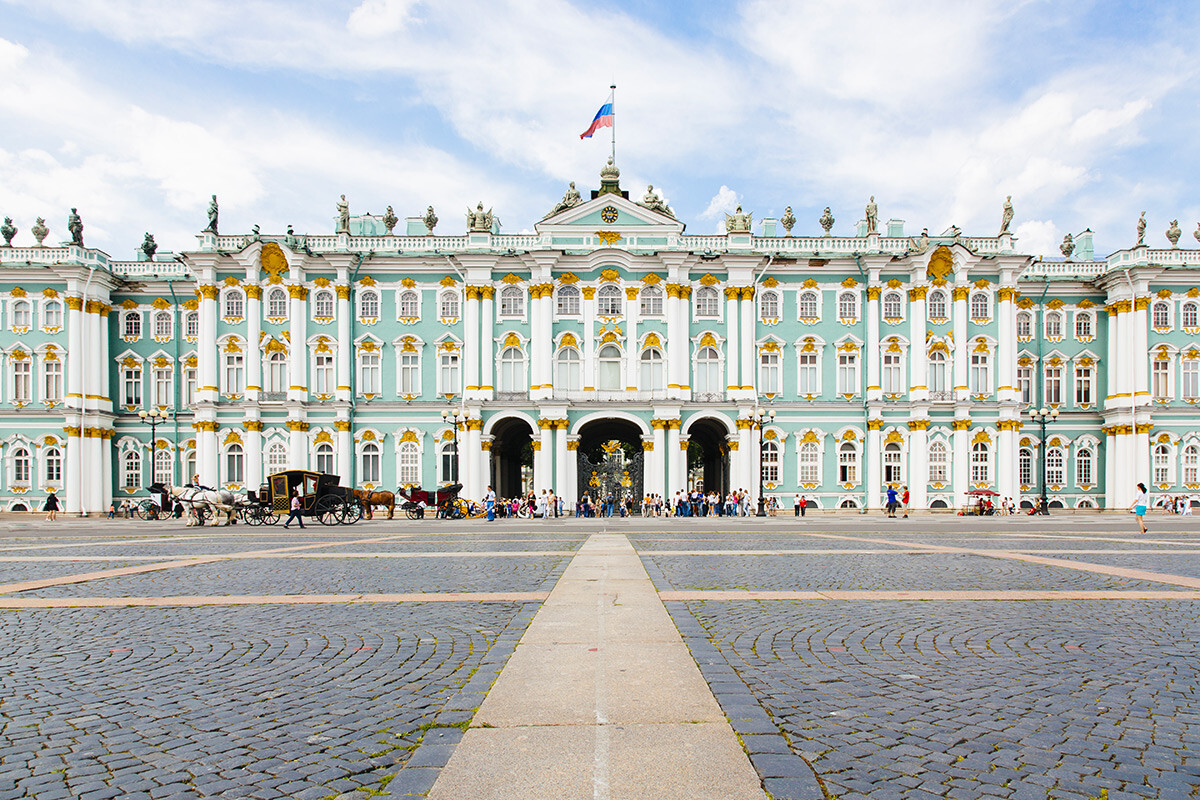
The Winter Palace is just one of the Hermitage's complex of buildings
Alexander Spatari/Getty ImagesThis is the number one St Petersburg museum in our list, but it’s also the leading museum in all of Russia. The Hermitage Museum’s main buildings in the city’s historical center display paintings by major European artists, Greek and Roman statues, Egyptian sarcophagi, Indian artifacts, Turkish sabers, Japanese masks, bas-reliefs from Mesopotamia, and many other treasures from different countries and of various epochs. In the General Staff Building, you can see art works from the 19th to 20th centuries, including a world-class collection of modern art.
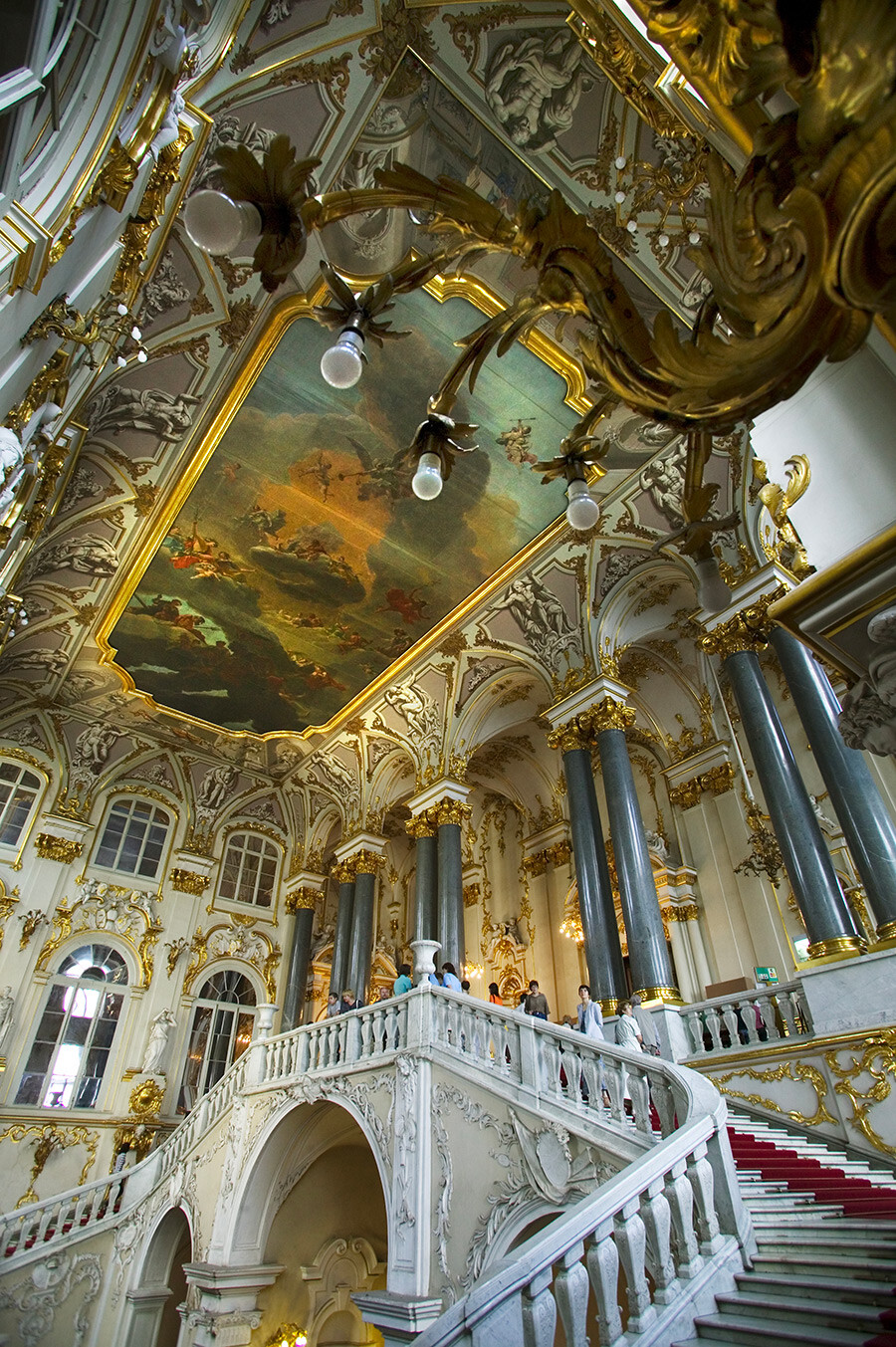
Inside the Winter Palace
Gonzalo Azumendi/Getty ImagesThe main buildings of the Hermitage are concentrated around Palace Square. The most recognizable is the Winter Palace, which once was the residence of the imperial family. Tourists from around the world are enamored by visits to its luxurious interiors.
Here we explain how you SHOULDN’T plan your visit to the Hermitage.
Website: hermitagemuseum.org
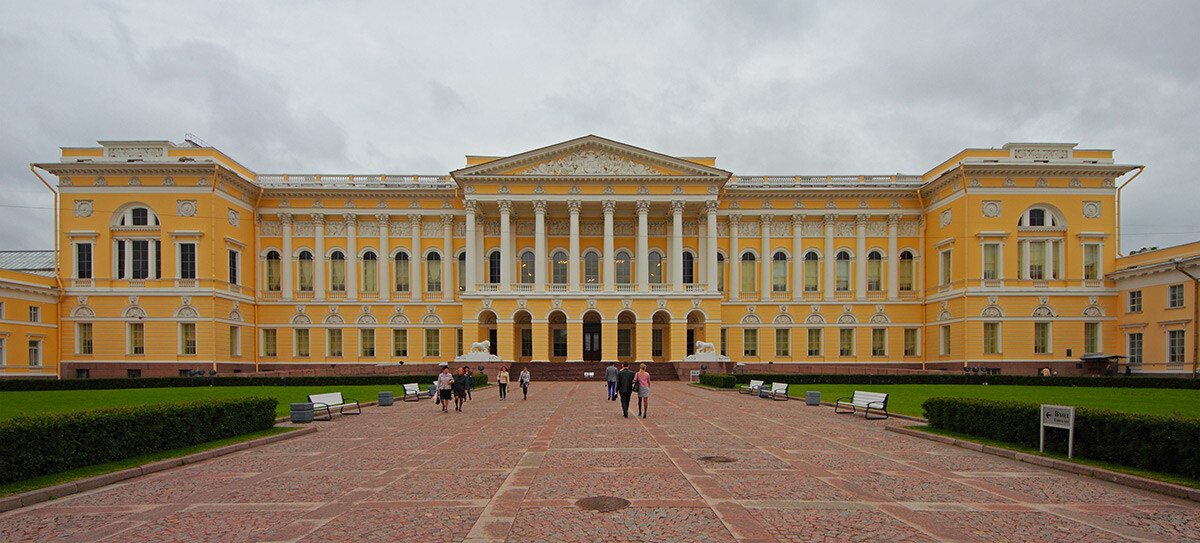
The Mikhaylovsky Palace is the main building of the Russian Museum
A.Savin, WikiCommonsThe largest museum in Russia and the world’s first museum of Russian fine art, it comprises six palaces, the Summer Garden and the Mikhailovsky Garden.
Key masterpieces are exhibited in the Mikhailovsky Palace: a collection of Russian icons of the 12th to 17th centuries, 18th to 19th century paintings, and pieces of folk art of the 19th to 20th centuries.
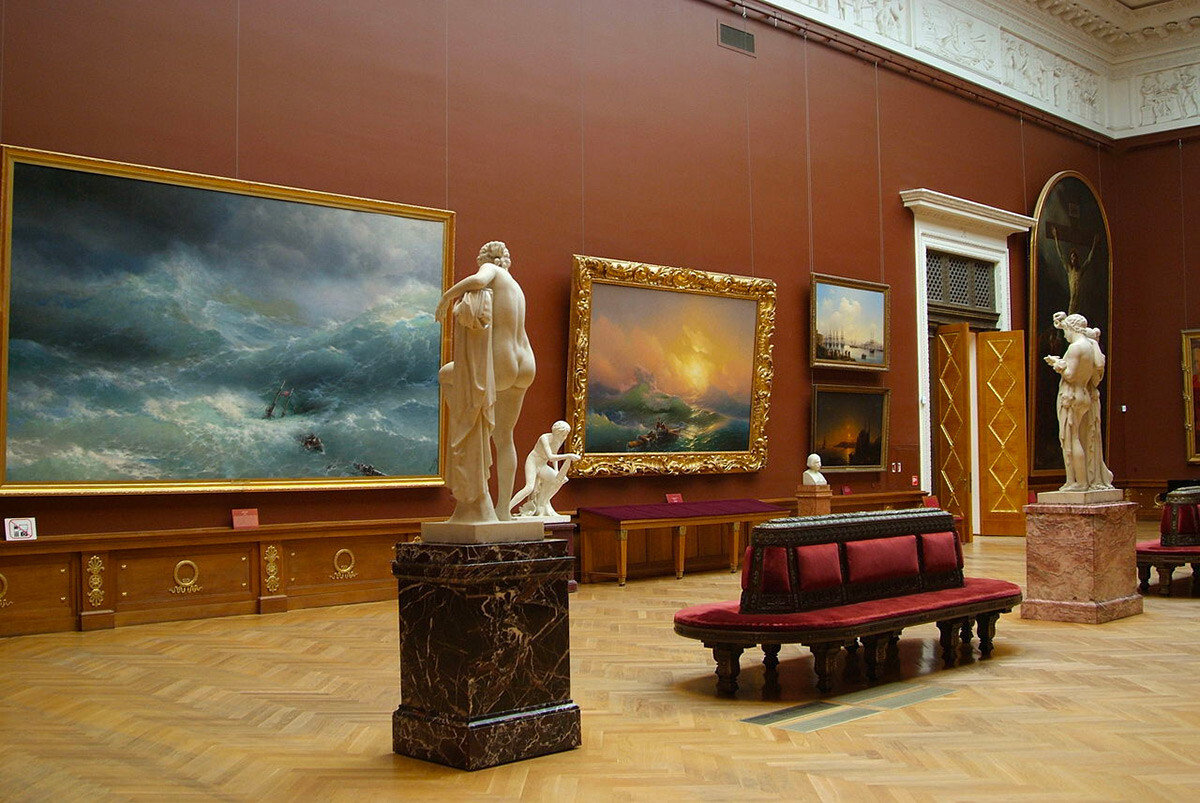
The Russian Museum houses the biggest collection of the Russian fine art (Pictured is Aivazovsky hall)
Евгений Со (CC BY)The origins of the museum’s rich treasury of masterpieces date to the time when Emperor Alexander III donated his personal art collection. The museum itself was opened to the public by his son, Nicholas II.
Read more about the museum’s history here.
Website: rusmuseum.ru

An aerial image of the Fortress of St. Peter and St. Paul in the Neva River
Anton Vaganov/TASSThe Peter and Paul Fortress on Zayachy Island is famous for the fact that the very first construction in St. Petersburg began here in 1703. Also, during the imperial era it hosted the county’s political prison — the Trubetskoy Bastion. Also, the Peter and Paul Cathedral is the site where the Russian emperors are buried. Today, the fortress museum has 11 different permanent expositions that are open to the public.
For almost three centuries, the State Mint is located and has functioned on the island, where not just rubles but, for some time, even Dutch ducats and Turkish piastres were minted.
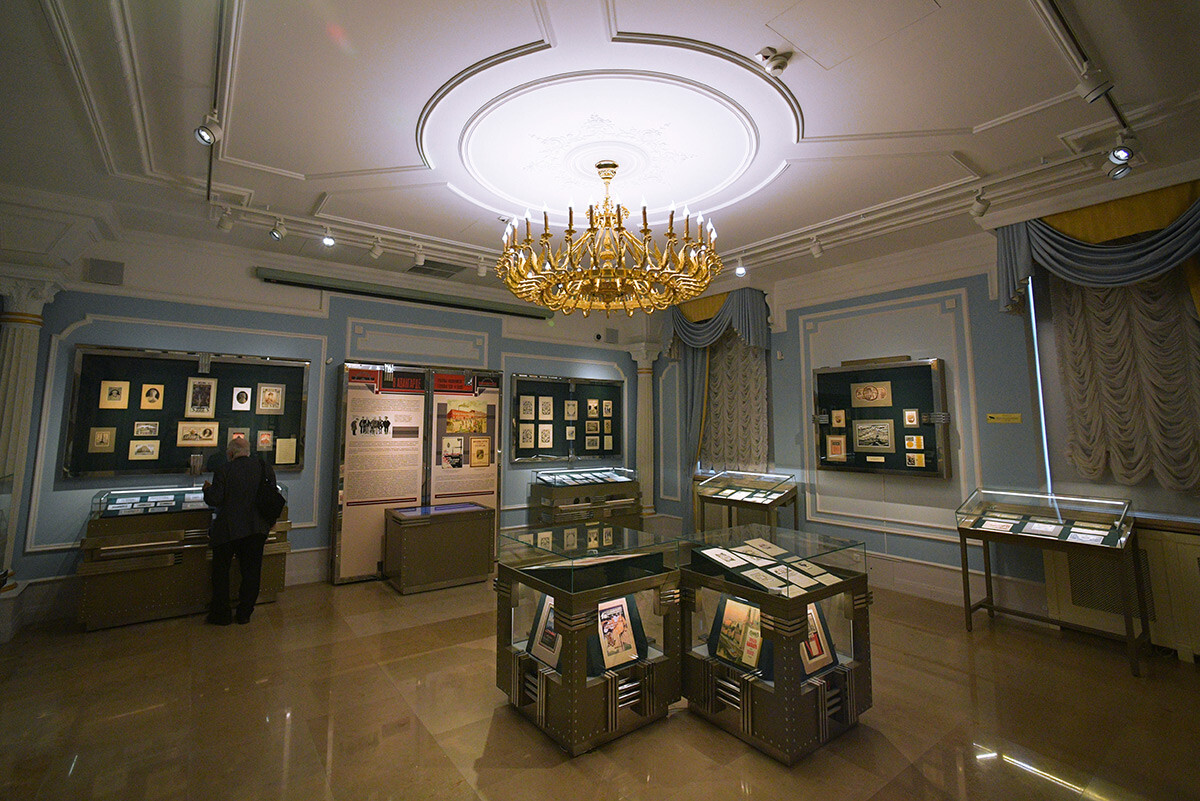
One of the Peter and Paul Fortress's exhibitions
Alexander Galperin/SputnikThe bell tower of the Peter and Paul Cathedral has a carillon, and on Sundays you can listen to a carillon concert. Every day, at midday, the customary cannon shot thunders from the Naryshkin Bastion.
Read more about the Peter and Paul Fortress here.
Website: spbmuseum.ru
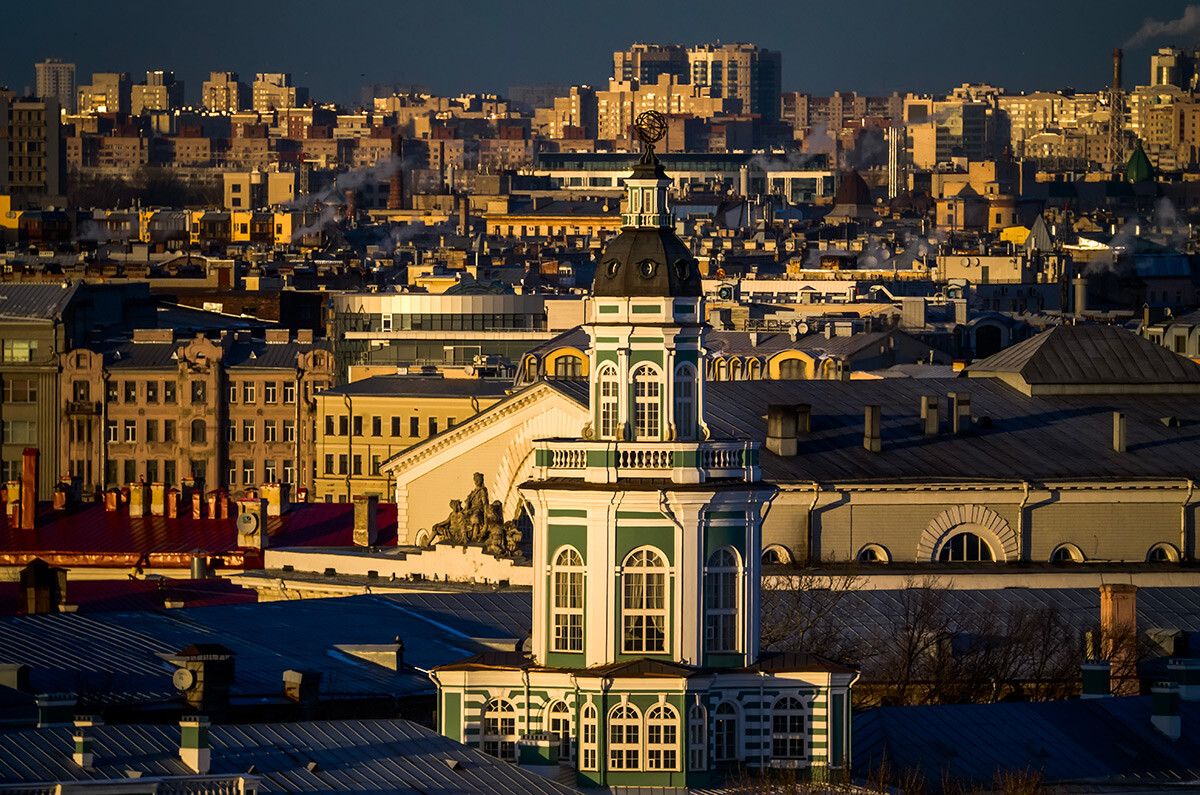
Kunstkamera as seen from the St. Isaac's Cathedral
Alexei Danichev/SputnikFounded on order of Peter the Great, this museum is the oldest in Russia. Originally, it was Peter the Great’s private collection of rarities: he purchased many of the items in Europe – fetuses and babies with developmental defects, skeletons of animals and birds, minerals, herbariums, engineering inventions, books, and many other antique artifacts.
A little later, also by order of Peter the Great, the collections in the Kunstkamera were opened to the general public for educational purposes. In addition, the Kunstkamera became the core of the scientific and material research fund of the Russian Academy of Sciences.
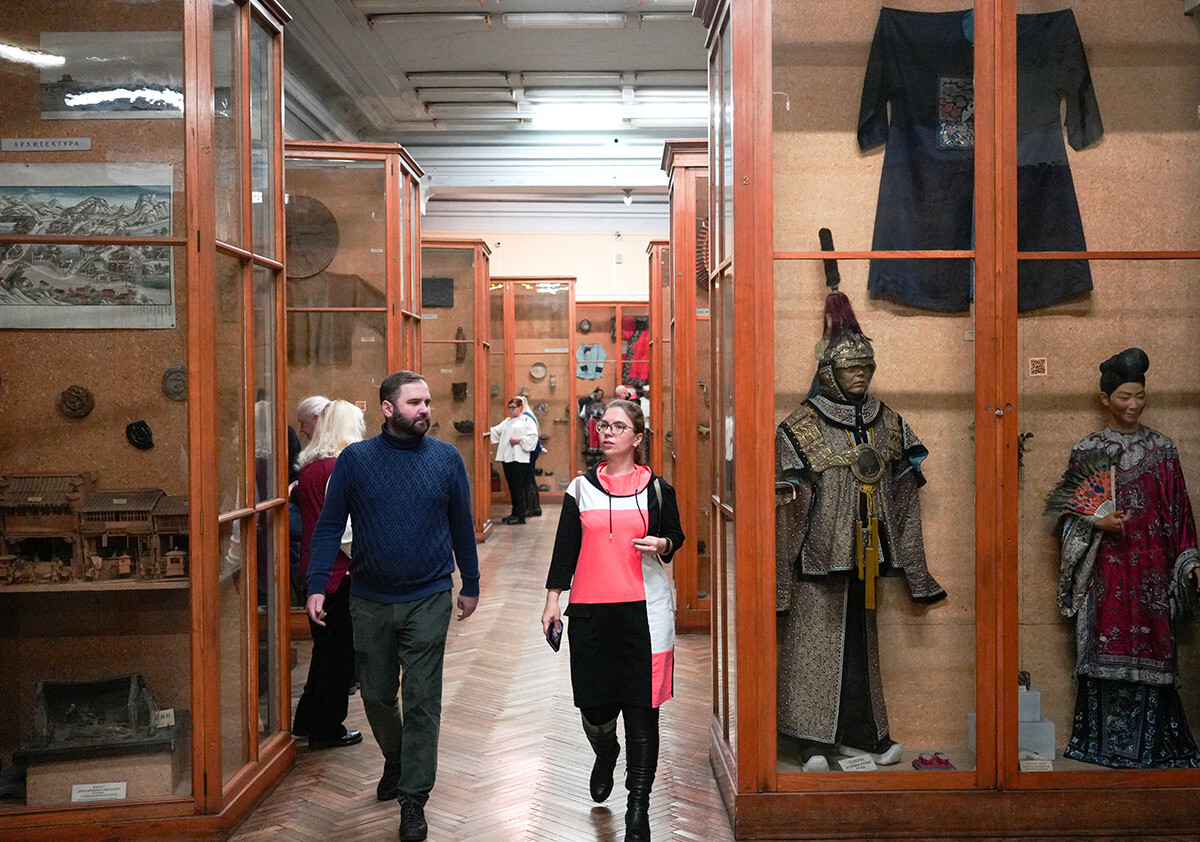
The full name of Kunstkamera is Peter the Great Museum of Anthropology and Ethnography
Alexei Danichev/SputnikAside from the rarities collected by Peter the Great, today the museum displays a wide collection of everyday items, armor and weaponry, costumes and various means of transportation of the indigenous peoples of North and Latin America, as well as the Near and Middle East, and also many countries of Asia and Africa.
Read more about the Kunstkamera here.
Website: kunstkamera.ru

The Zoological Museum of the Zoological Institute of the Russian Academy of Sciences
Dezidor (CC BY)The Zoological Museum was founded in 1832. Initially its collections were based on those of the Natural Cabinet of the Kunstkamera. Later, the collections were expanded as a result of items brought back from the expeditions of Russian explorers across the globe.
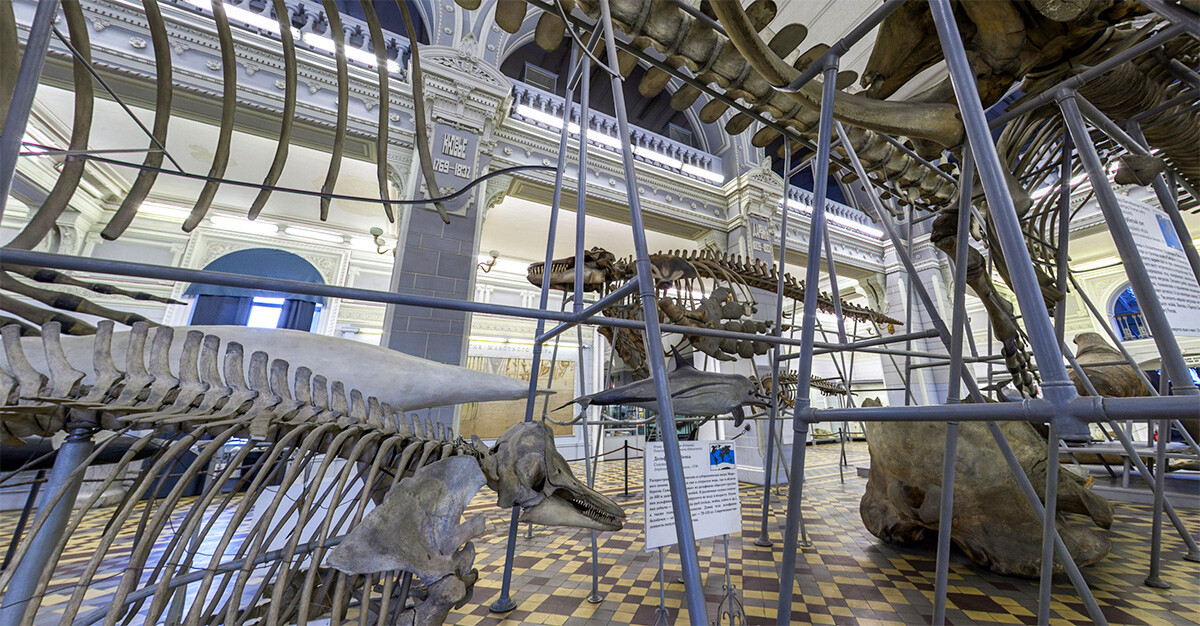
The big hall of the Zoological Museum
Андрей! (CC BY)Today, the museum exhibits specimens of insects, skeletons, and stuffed samples of fishes, amphibians, reptiles, birds, and mammals. It has one of the world’s largest skeletons of a blue whale — 27 meters long, as well as mammoth skeletons and stuffed examples of extinct species. You can wander the halls by yourself or take a guided tour: the museum offers seven different tours.
Website: zin.ru
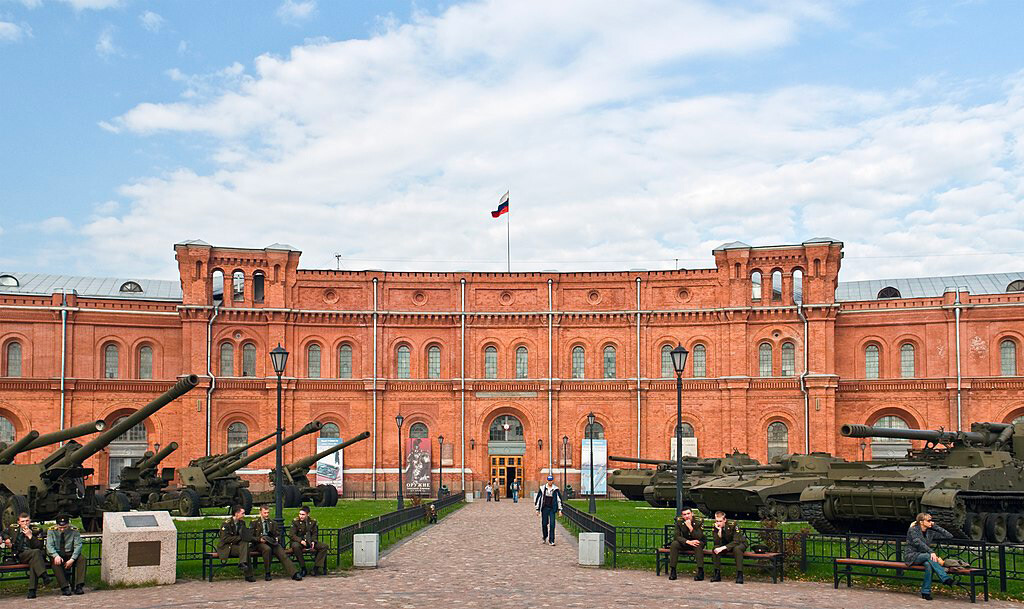
Entrance to the Artillery Museum
George Shuklin (CC BY)This museum is easily recognizable thanks to its very large – about 250 items – collection of artillery that’s exhibited outside in its yard. The museum was founded in 1703, but initially it had the function of Peter the Great’s Zeughaus which served as storage of old artillery weapons that were kept at the Peter and Paul Fortress.
Here, you can see Russian artillery weapons, firearms and cold weapons, various types of military vehicles, communication equipment, military banners, uniforms and medals of honor from various centuries, as well as models and archaeological finds of artillery weapons dating from the 10th century and later.
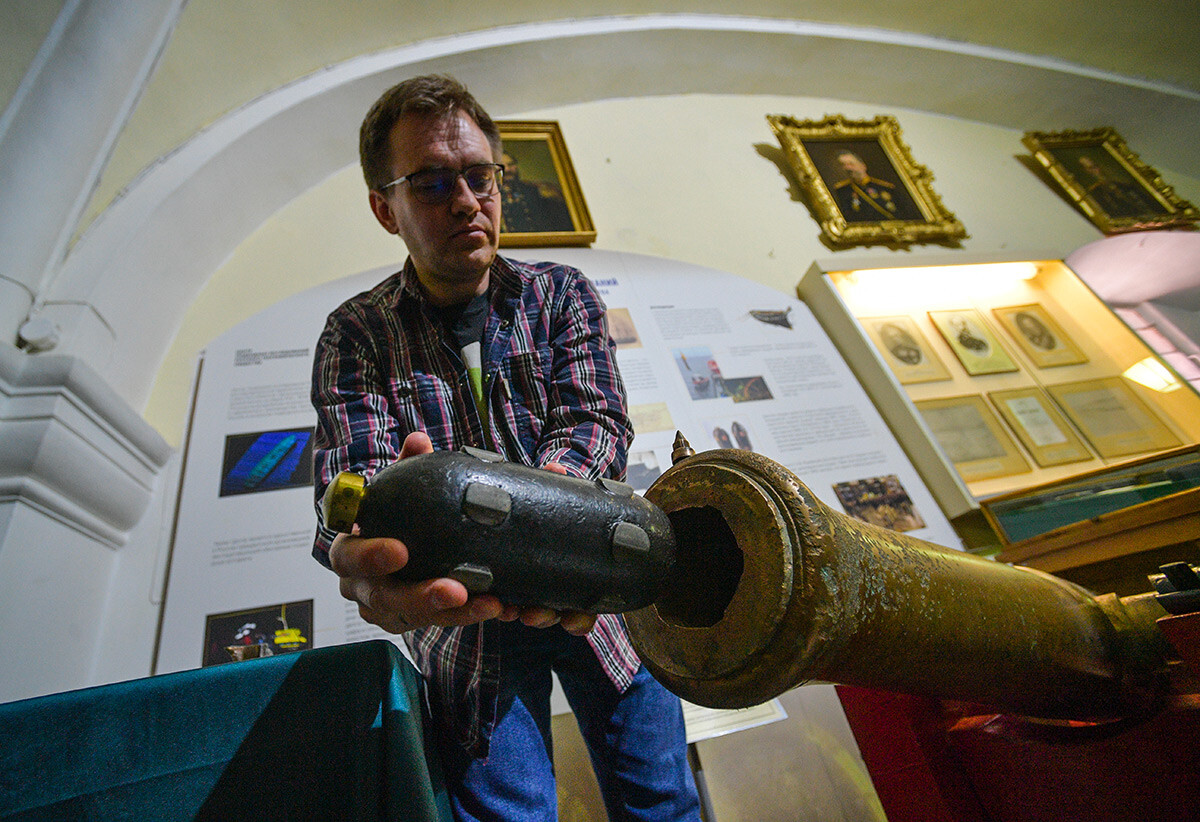
Copper cannon made in 1866
Alexander Galperin/SputnikAlso, the museum hosts one of Russia’s largest collections of Western European weapons dating from the 15th to 17th centuries.
There’s an entire hall and special exhibition devoted to the famous military engineer and inventor Mikhail Kalashnikov. The museum contains many unique weapons of which only one prototype exists in the entire world. Often, these are rare and experimental weapons; or the early versions of weapons that were subsequently mass produced. For example, the museum displays the very first model of the world famous AK-47.
Website: artillery-museum.ru
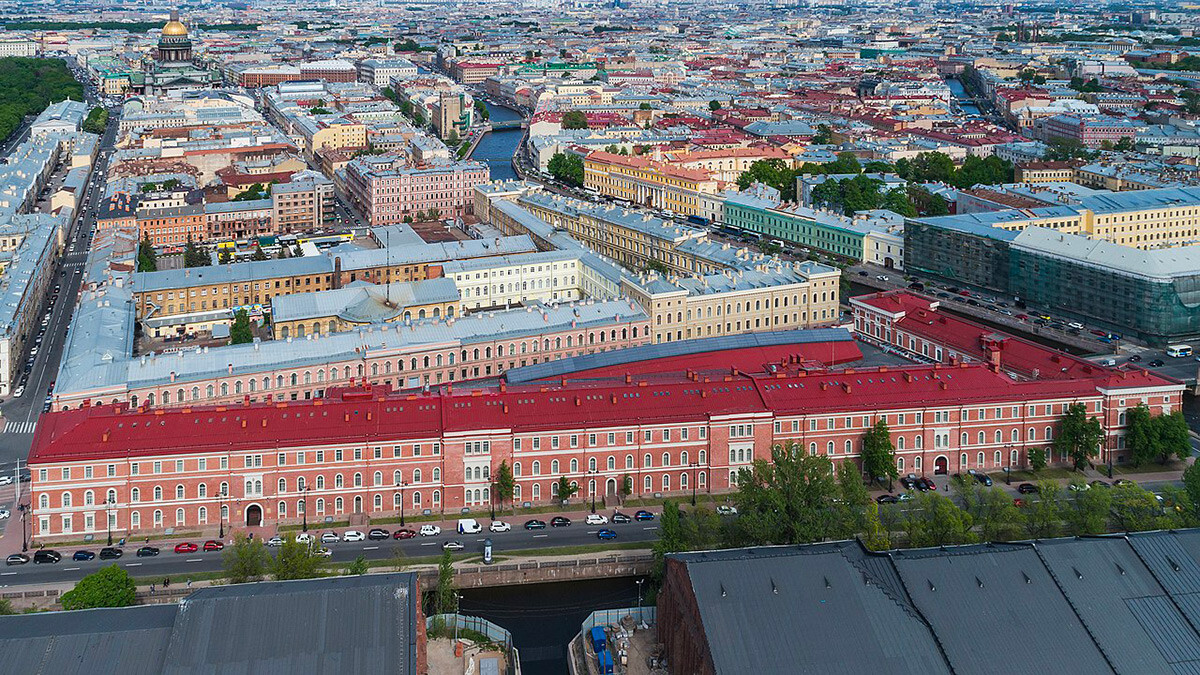
Central Naval Museum
A.Savin, WikiCommonsThe history of one of the oldest museums in the country began with the St. Petersburg Model Chamber, which was Peter the Great’s storage of models and drawings related to shipbuilding. It was located in the Main Admiralty, where the ships of the Baltic Fleet were built.
Today, the collection has more than 2,000 ship models, as well as naval equipment, cold weapons and firearms, artworks, awards, signs, flags and banners, and uniforms. The museum pieces tell the military history of Russia, the story of the development of its fleet, and the history of Russian naval expeditions across the globe.

'Museum Night' action at the Central Naval Museum
Alexander Galperin/SputnikBy the way, apart from the central building, the museum also includes seven facilities throughout the country in St. Petersburg, Kronstadt, on Lake Ladoga, in Novorossiysk, Baltiysk, and Sevastopol. Among these is the famous Cruiser Aurora. A blank shot from Aurora was the signal for the storming of the Winter Palace in November 1917; so the ship is considered a symbol of the Russian Revolution. Today, when taking a tour, you can climb aboard and walk around the cruiser.
Website: navalmuseum.ru
Dear readers,
Our website and social media accounts are under threat of being restricted or banned, due to the current circumstances. So, to keep up with our latest content, simply do the following:
If using any of Russia Beyond's content, partly or in full, always provide an active hyperlink to the original material.
Subscribe
to our newsletter!
Get the week's best stories straight to your inbox